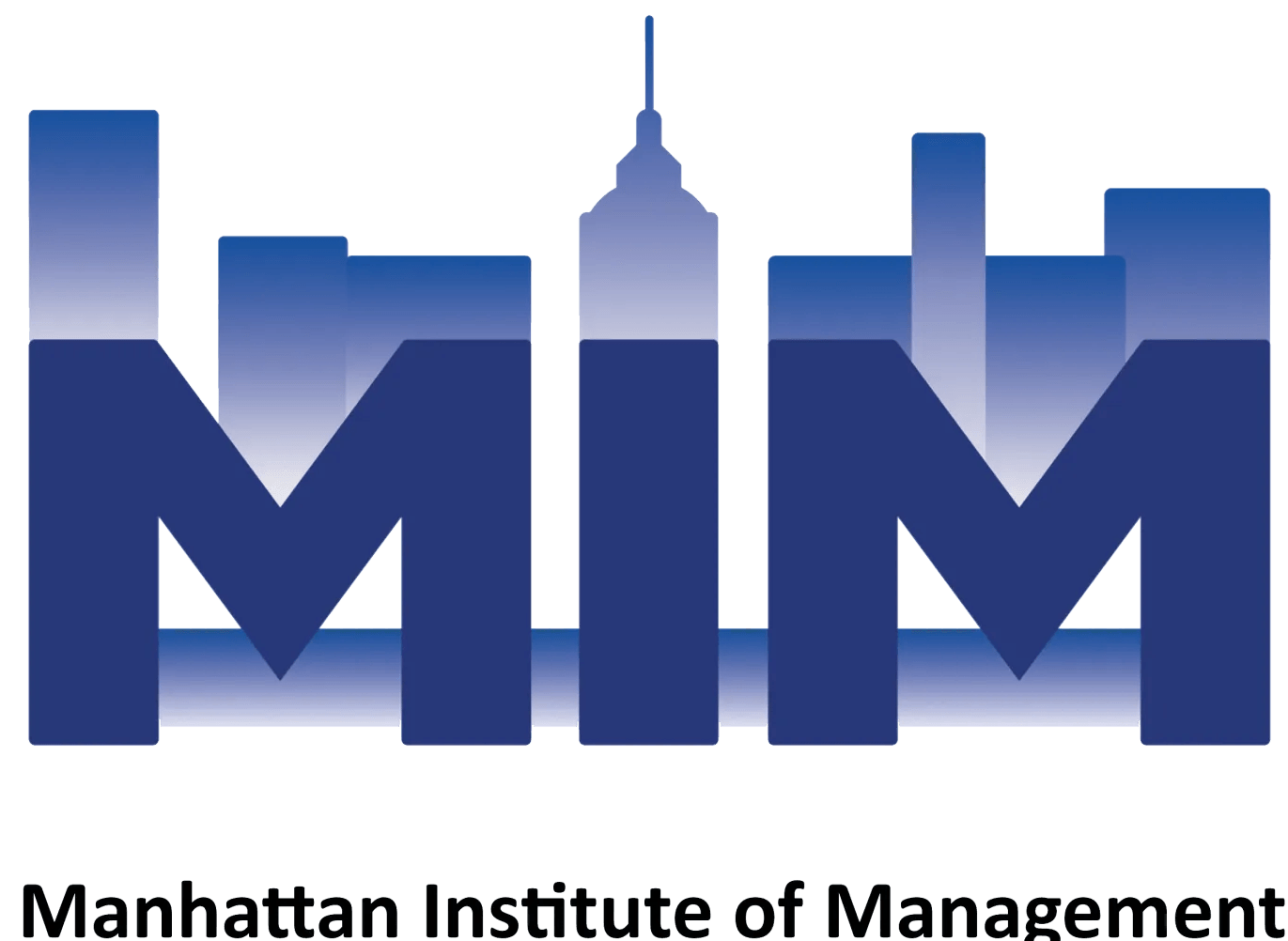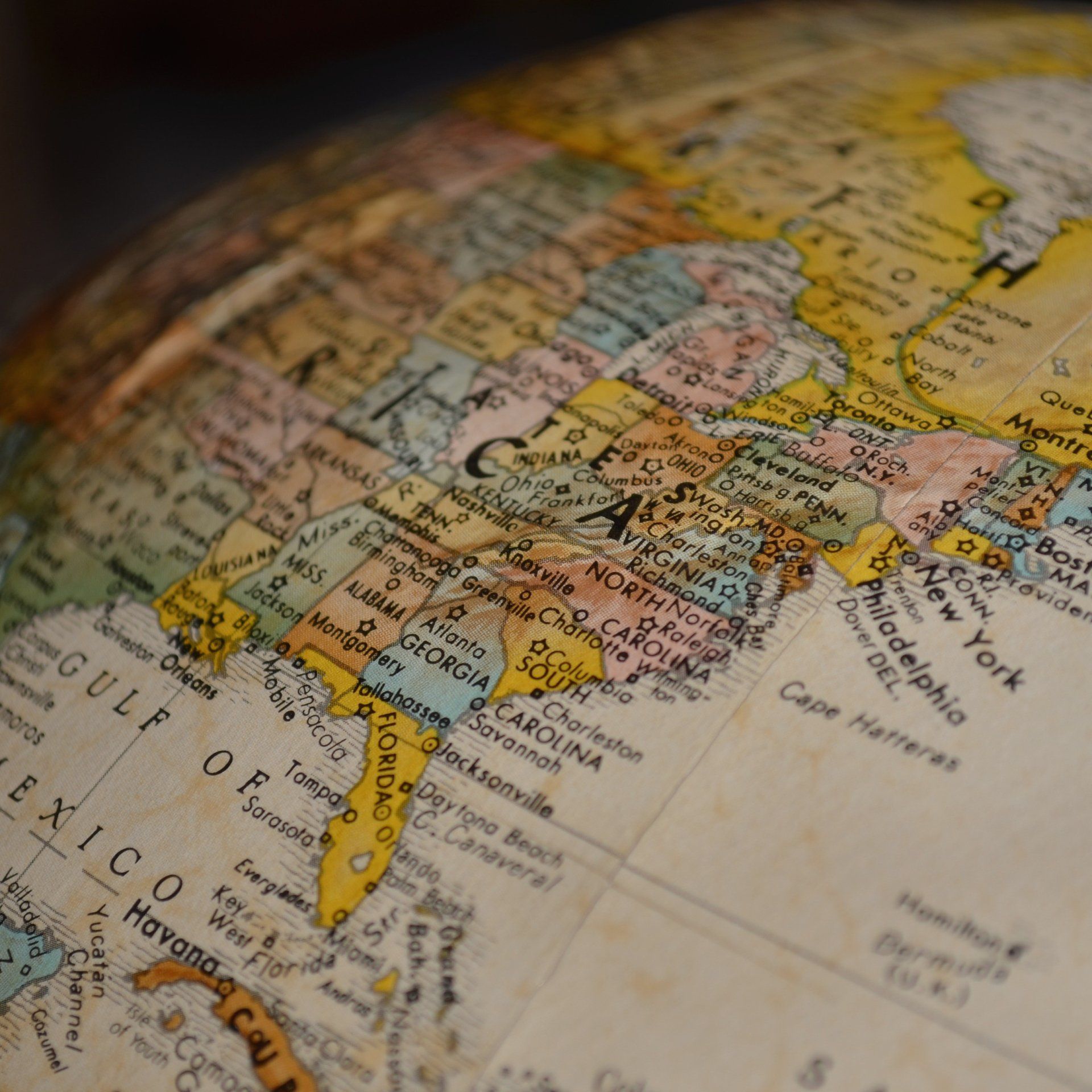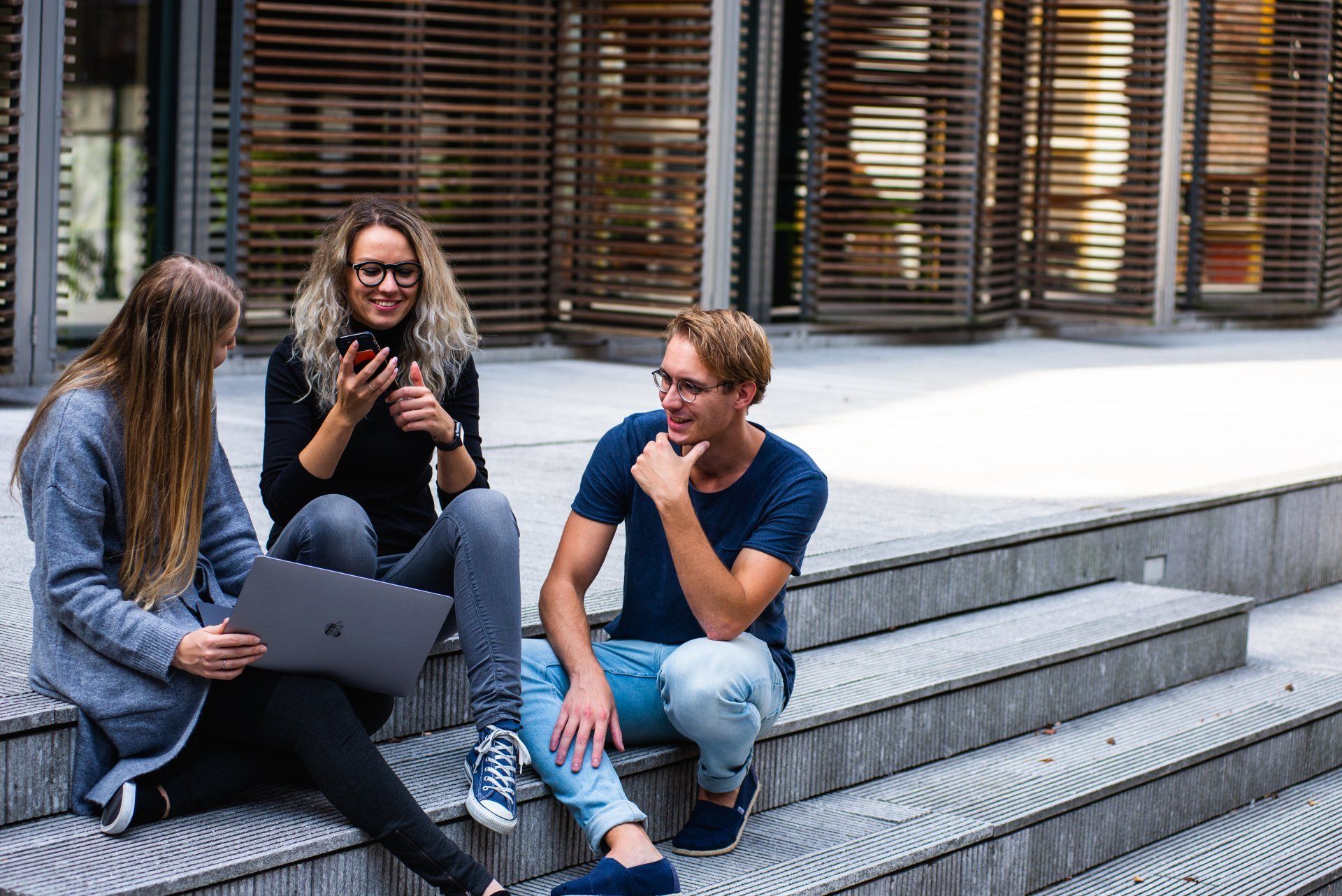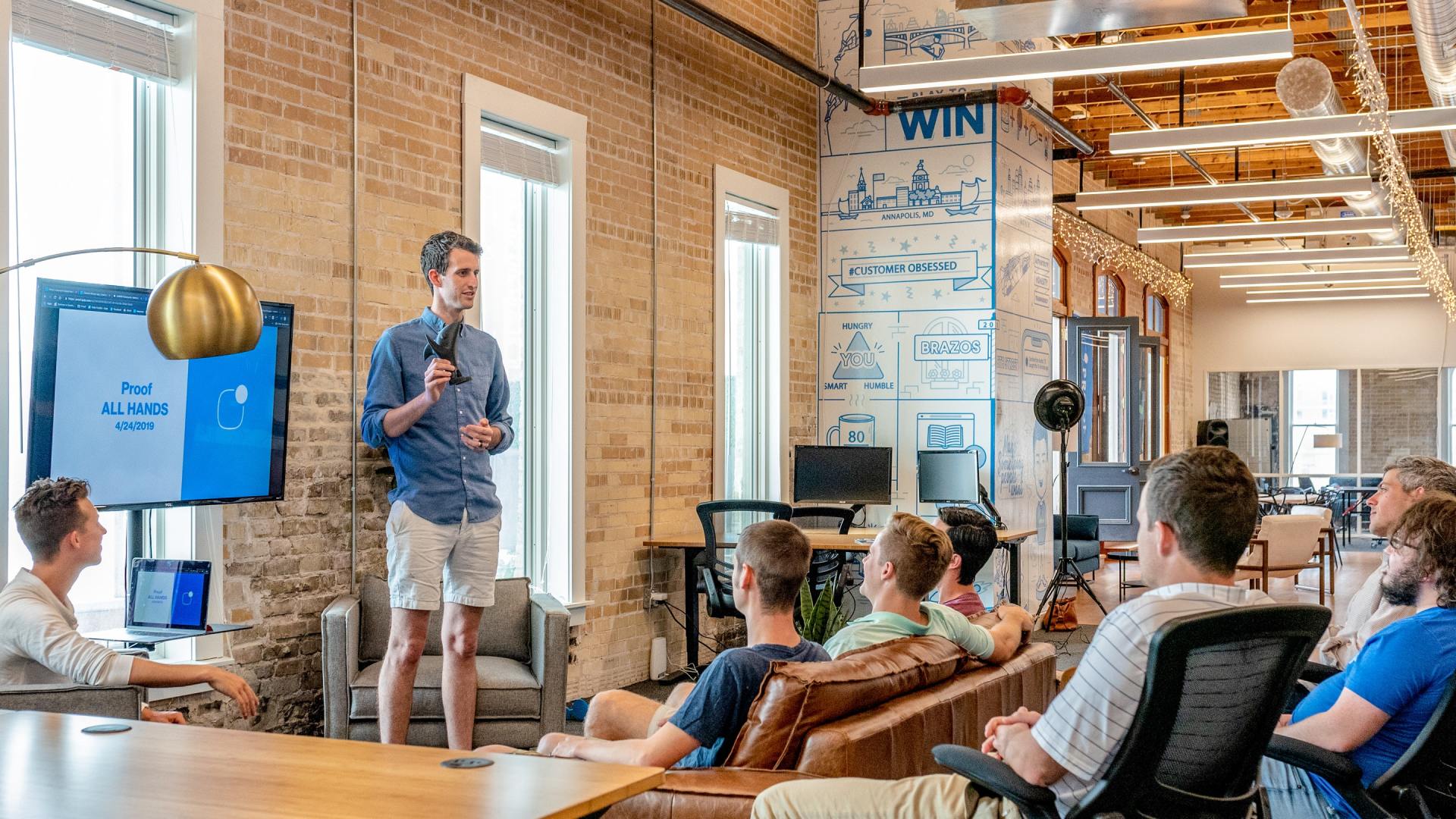STUDY AS M-1 STUDENT AT MIM
The M-1 visa is for students enrolled in non-academic or “vocational study”
M-1 visa holders are not permitted to work during the course of their studies. They must show that sufficient funds are available to pay all tuition and living costs for the entire period of intended stay.
You can apply at a U.S. Embassy or Consulate for an M -1 student visa after you have been accepted at MIM. You will be enrolled in the Student and Exchange Visitor Information System (SEVIS).
You must pay the SEVIS I-901 Visa Fee. MIM will then provide you with a Form I-20, “Certificate of Eligibility for Nonimmigrant (M-1) Student Status-For Vocational Students, to present to the consular officer when you attend your visa interview.
HOW TO APPLY FOR AN M-1 VISA
Step 1
Complete and Print Online Non-Immigrant Visa Application, Form DS-160
Upload your photo as per required format in the Photograph Requirements
Upload your photo as per required format in the Photograph Requirements
Step 2
Schedule a visa interview appointment at the U.S. Embassy or Consulate in the country where you live. Apply early
New Students >
M-1 student visas can be issued up to 120 days in advance of your course of study start date. You will be allowed to enter the United States in M-1 status up to 30 days before your start date.
Continuing Students >
Continuing students may renew their visas and enter the United States at any time before their classes start.
Step 3
Prepare for an Interview
Fees – Pay the non-refundable visa application fee. You may also pay a visa issuance fee, if applicable. Check the website of the embassy or consulate where you apply.
Gather Required Documents
- Valid Passport for at least six months beyond your period of stay in the United States
- Printed and signed Form DS-160 confirmation page
- Application fee payment receipt that you are required to pay before your interview
- Photo – One printed photo as per Photograph Requirements if you were not able to upload it on line
- Form I-20 - MIM will send you a SEVIS- Form I-20 signed by MIM Director that must also be that must be signed by you.
- Additional requested documents may include:
- Transcripts, diplomas, degrees, or certificates from schools you attended;
- Standardized test scores
- Proof of funding to cover all educational, living and travel costs.
Step 4
Attend Your Visa Interview
A consular officer will determine whether you are qualified to receive a visa, Ink-free, digital fingerprint scans will be taken as part of your application process.
Once your visa is approved, you will be informed how and when your passport with visa will be returned to you
M1 Visa Eligibility – It Is Suitable For:
- Foreign nationals to attend a full course of non-academic study at colleges, universities,
or conservatories in the U.S. - Foreign nationals coming to the U.S. to attend a full vocational course
Working on The M1 Visa
You may be allowed to accept employment only if it is a required part of your practical training and the employment is approved in advance by the office of the USCIS.
M1 Visa Benefits
- You can enter the U.S. as a fulltime vocational student
- You can legally work part-time on campus. You may also work off campus if necessary (with prior approval from the USCIS)
- You can freely travel in and out of the U.S. while on a valid visa
- Your dependents can live with you as long as you maintain your M1 status
- M1 visas are issued quickly
M1 Visa Requirements
To qualify for a student visa, you must prove that:
- You have successfully completed a course of study normally required for enrollment
- You have been accepted for a full course of study by a vocational institution approved by the U.S. Citizenship and Immigration Services (USCIS). The institution must send you a Form I-20M-N, certificate of eligibility for nonimmigrant (M1) student status for vocational students
- You are sufficiently proficient in English to pursue the intended course of study, or the school you intend to attend has made special arrangements to teach you the English language
- You have sufficient funds to cover the first year of study, and access to sufficient funds to cover subsequent years
- You have a permanent residence in your home country, which you do not intend to abandon
- You intend to depart the U.S. upon completion of the course of study. You may establish this by presenting evidence of economic, social and/or family ties in your homeland sufficient to induce you to leave the U.S. upon completion of studies
- Your proposed education in the U.S. would be useful in your homeland, and therefore induce you to leave the U.S. upon completion of studies.
M1 Visa Notes
- Students on M1 visa may accept employment in the U.S. as a part of their practical training by obtaining an Employment Authorization Document.
- To change the purpose of your visit while you are in the U.S. on an M1 student visa, you must change your visa status.
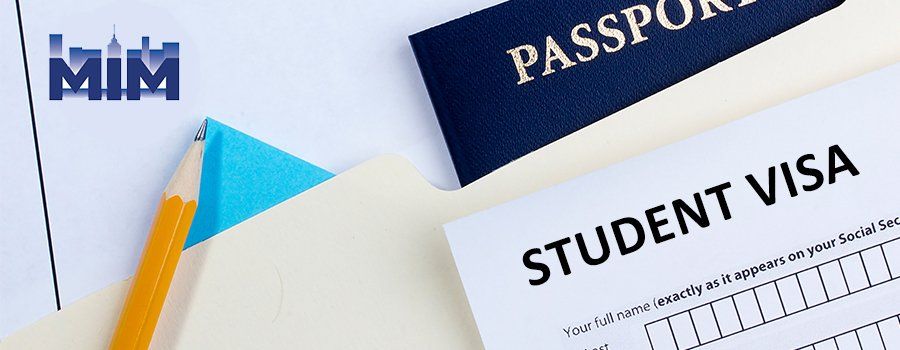
M-1 Visa FAQs
Got a question for M1 Visa? We’re here to help.
